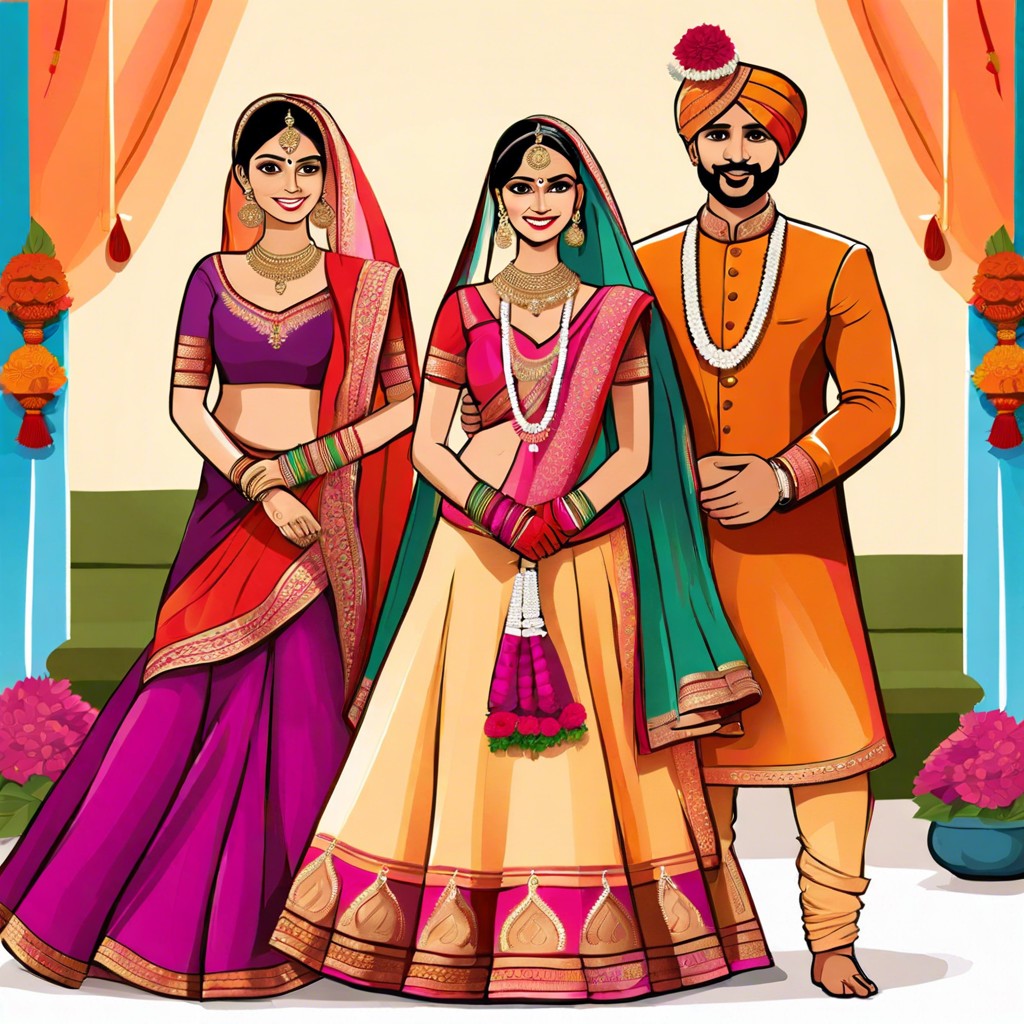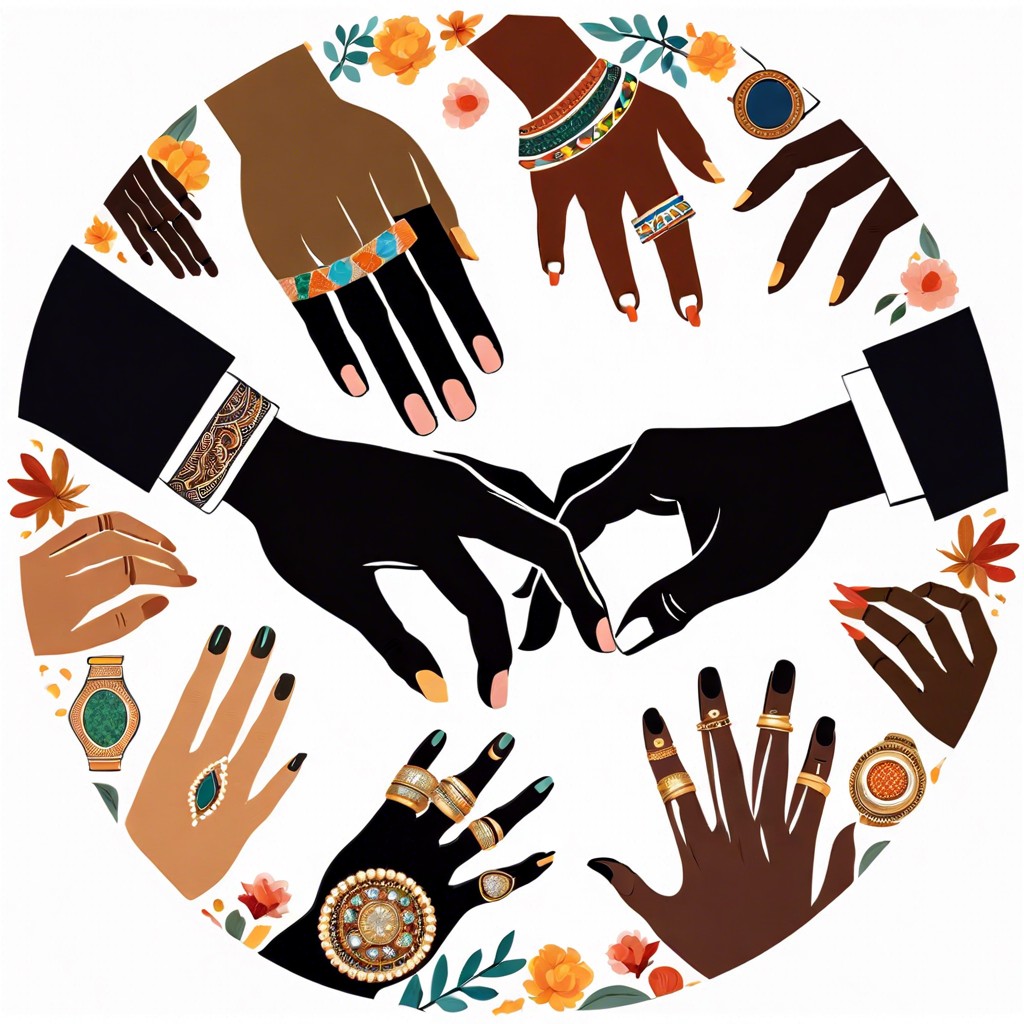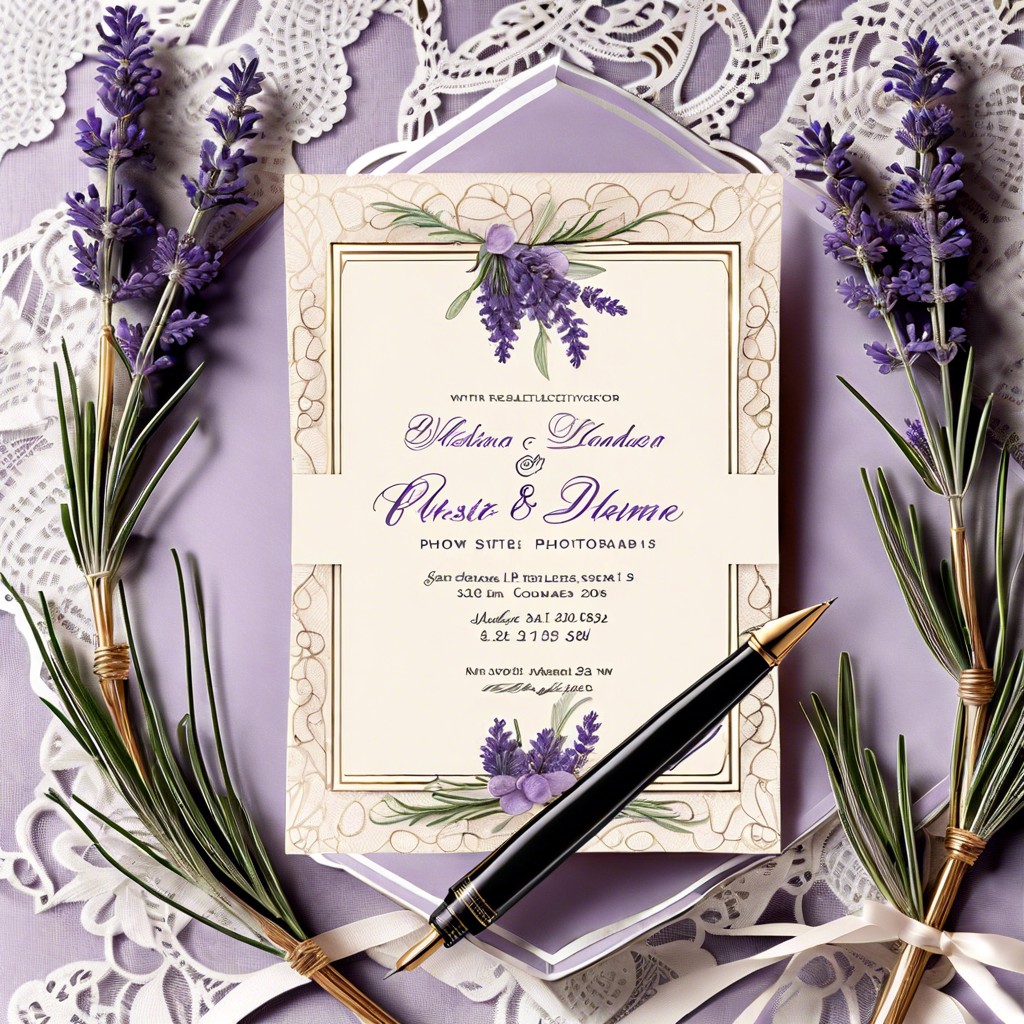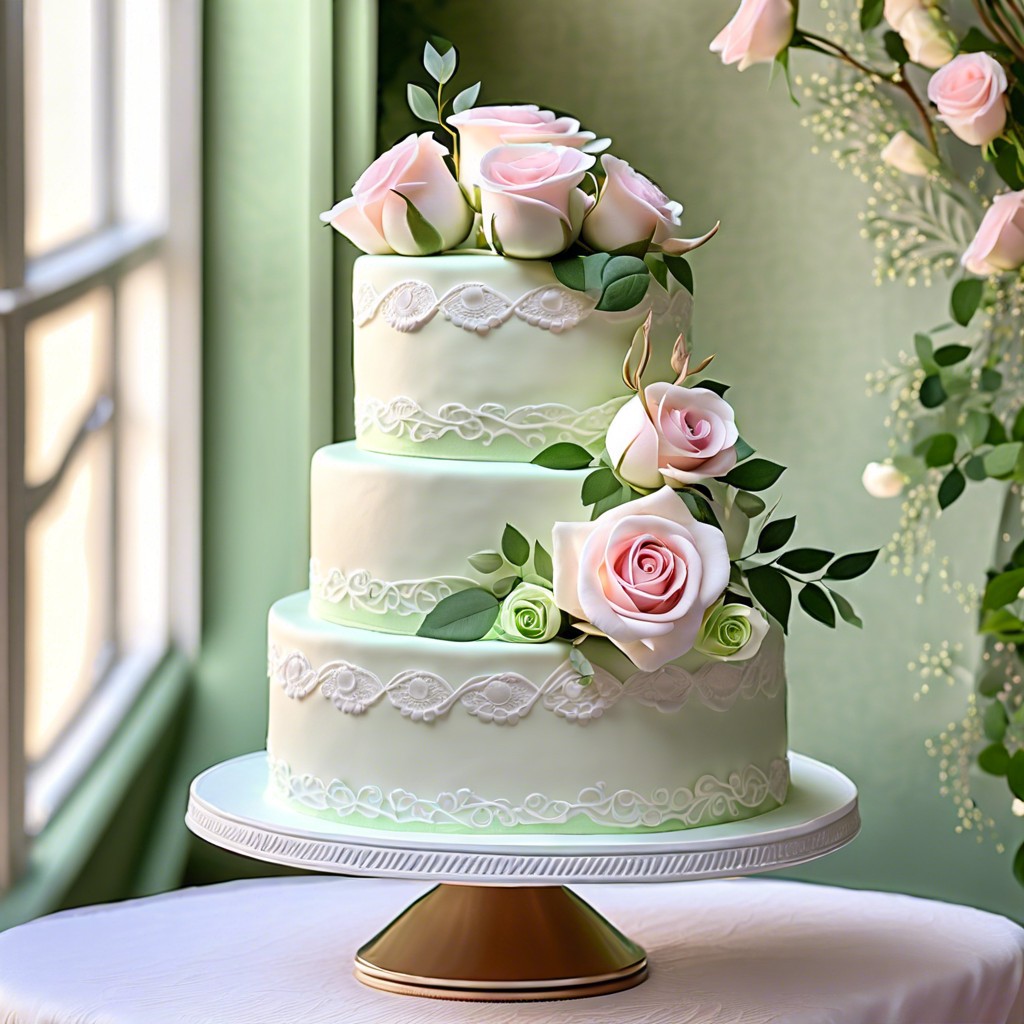Discover the vibrant traditions and attire options for Indian weddings, including what to wear and how to choose the perfect outfit.
Key takeaways:
- Indian wedding attire is rich in cultural significance and symbolism.
- Sarees, lehengas, and sherwanis are the pillars of Indian wedding fashion.
- Jewelry and accessories add the finishing touches to traditional looks.
- Each region in India has its unique bridal couture.
- As a guest, choose vibrant colors and culturally respectful attire.
Color Significance in Indian Wedding Attire

Drapes and fabrics in an Indian wedding are spun with hues deeply rooted in cultural significance. Red, often seen in bridal sarees and lehengas, symbolizes love, commitment, and fertility, setting the tone for a prosperous married life. Grooms are commonly seen in sherwanis with maroon or gold, colors that represent strength and wisdom.
Gold not only adds a touch of opulence but also signifies purity. It’s a common thread in attire and jewelry, signaling a divine aspect to the matrimonial union.
While red and gold dominate weddings, modern ceremonies now embrace a spectrum of colors. Turquoise stands for tranquility and contentment, vibrant blood oranges echo celebrations, while pastel pinks and peaches exude tenderness.
It’s intriguing to note that white, typically a bridal favorite worldwide, is often sidestepped in Indian ceremonies given its association with mourning. Similarly, black, seen as unlucky, is less commonly worn despite its global appeal for sophistication.
To sum up, every shade in Indian wedding attire whispers an ancient story, making the visual spectacle not just a feast for the eyes but a tapestry of tradition.
Saree, Lehenga, and Sherwani: The Pillars of Indian Wedding Fashion
Draped in elegance, a saree exemplifies grace and tradition. It’s a long fabric, wrapped with artful precision, turning the wearer into a canvas of cultural storytelling. Often, brides choose reds, known for prosperity and love, embellished with gold thread work or sparkling sequins.
Switching gears, the lehenga is a bridal favorite for its fairy-tale essence. A midriff-baring blouse paired with a voluminous skirt and a floating scarf called ‘dupatta’ makes the bride a vision to behold. Embroidery, often with gold, plays hide and seek with the light as it strikes the folds of the skirt.
As for the groom, the sherwani stands tall. It’s a close-fitting jacket of knee-length or longer, rich in fabric and detailed with intricate designs, signifying majesty. Teamed with fitted trousers, also known as churidars, men don the sherwani like royalty stepping out in their regalia.
These staples don’t just dress a body; they weave heritage and contemporary style together, making each wedding a pageant of personal stories told through threads of tradition.
Jewelry and Accessories: Finishing Touches to Traditional Looks
The sparkle of jewels adds an all-important glow to a bride’s ensemble. Think of the nath, a delicate nose ring symbolizing beauty and honor as the cherry on top of the wedding outfit sundae. An elaborate maang tikka gracing the forehead isn’t just a piece of adornment but a nod to the union’s sanctity.
Chokers and long necklaces, often in layers, sculpt the bride’s silhouette, creating an air of regal elegance. Jhumkas and bangles sing their own symphony, clinking softly with every gesture, contributing to the celebratory ambiance.
For the groom, cufflinks, turbans studded with brooches, and kilangi—a feathered accessory—speak volumes of tradition with a dash of sophistication. Shoes like mojaris adorned with embroidery can often tell an onlooker that style’s in every step the groom takes.
A takeaway tip: balance is key in choosing the right accessories. Overdoing it can steal from the outfit’s charm, so it’s crucial to select pieces that complement rather than overshadow.
Regional Variations in Wedding Attire
Dive into a kaleidoscope of styles across India, where every state has its unique bridal couture. Picture the heavy silk Kanjeevarams of Tamil Nadu, as radiant as the sun, often worn by brides in a tapestry of bold reds and golds. Move north to Punjab, where the vivacious Patiala salwar suits come alive with their vibrant embroidery, perfect for a lively Sangeet night.
Navigate to the east, and you’ll find West Bengal’s brides draped in elegant red and white sarees, their intricate borders telling tales of tradition. Meanwhile, in the serene backwaters of Kerala, the simplistic beauty of cream and gold Kasavu sarees reflect a refined minimalism.
Exploring the desert sands of Rajasthan, you’ll be enchanted by the colorful mirror work and elaborate Gota Patti that adorn the lehengas, reflecting the region’s royal heritage. And in the bustling streets of Gujarat, the Panetar sarees steal the spotlight with their classic white and red beauty, embodying the essence of Gujarati nuptials.
It’s this diversity that paints India’s wedding attire scene with a charm that’s as varied as its geography. Each piece is not just an outfit but a storied heirloom that carries the heartbeats of the land. So, when considering attire for an Indian wedding, remember that each region offers a glimpse into its culture through the threads of their wedding wear. Embrace the colors and textures, and let the local artistry guide your choices.
Attire Etiquette for Wedding Guests
Striking that perfect balance between blending in and standing out is key as a guest at an Indian wedding. Think bright and jubilant, but don’t steal the show from those tying the knot.
Opt for vibrant colors, but traditionally avoid white or black – these hues are typically linked to mourning and aren’t festive. Ladies, a beautiful saree or an elegant Anarkali are fail-safe options. Gents, a smart Kurta Pyjama or a Jodhpuri suit will get nods of approval for style and cultural respect.
Dressed up doesn’t mean going over the top. Ornate patterns? Yes! Head-to-toe bling? Perhaps not. Leave the ultra-lavish attire to the bride and groom. This is a celebration of their love, after all.
Embrace the festivity with some traditional Indian footwear – think mojris or jootis. They’re not just comfortable; they add an authentic flare to your outfit. Remember, a respectful guest balances admiration and participation, complementing the day without overshining the main event.



